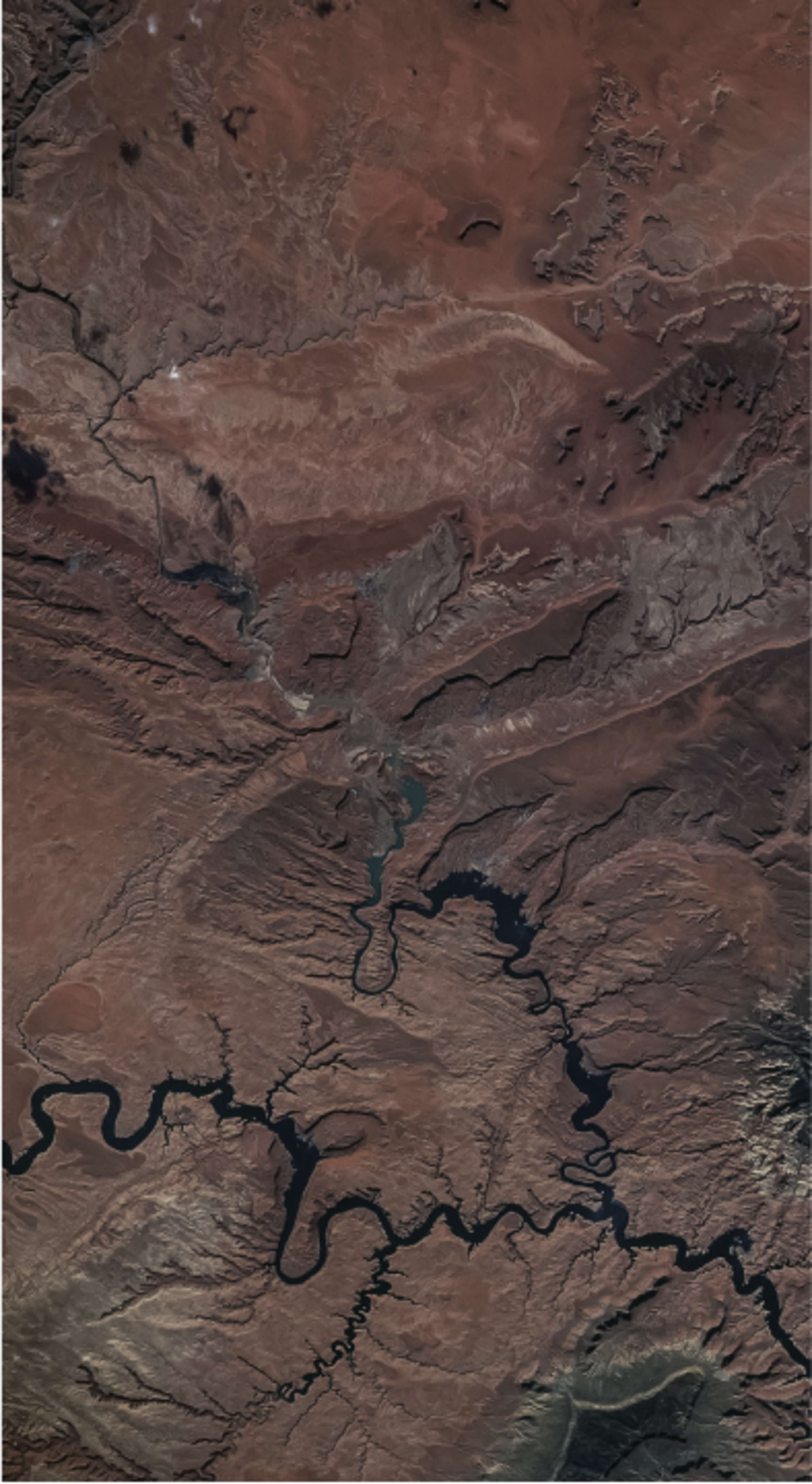
Valley Fever, also known as coccidioidomycosis, is a fungal infection that affects thousands of people every year, particularly in the southwestern United States. It's essential to understand the causes, symptoms, and treatment options for this disease to ensure prompt medical attention and prevent complications. In this article, we'll delve into the world of Valley Fever, exploring its causes, symptoms, and treatment options, as recommended by the
Cleveland Clinic.
What is Valley Fever?
Valley Fever is a fungal infection caused by the Coccidioides species, which is commonly found in the soil of the southwestern United States, Mexico, and parts of Central and South America. The fungus becomes airborne when the soil is disturbed, and people can inhale the spores, leading to infection. Valley Fever can range from a mild, self-limiting illness to a severe, life-threatening disease.
Causes of Valley Fever
The primary cause of Valley Fever is the inhalation of Coccidioides spores, which can be found in:
Soil and dust in endemic areas
Contaminated soil and water
Fungal growth on plants and trees
Construction and excavation sites
People who work outdoors, such as construction workers, farmers, and landscapers, are at higher risk of developing Valley Fever. Additionally, individuals with weakened immune systems, such as those with HIV/AIDS or taking immunosuppressive medications, are more susceptible to the disease.
Symptoms of Valley Fever
The symptoms of Valley Fever can vary from person to person, but common signs include:
Fever
Cough
Fatigue
Shortness of breath
Chest pain
Muscle aches
Joint pain
Headache
Skin rashes
In severe cases, Valley Fever can cause:
Pneumonia
Meningitis
Osteomyelitis (bone infection)
Skin lesions
Treatment Options for Valley Fever
The treatment for Valley Fever depends on the severity of the disease. Mild cases may not require treatment, while more severe cases may need antifungal medications, such as fluconazole or amphotericin B. In some cases, hospitalization may be necessary to manage complications.
The
Cleveland Clinic recommends the following treatment options:
Antifungal medications to treat the fungal infection
Rest and hydration to manage symptoms
Oxygen therapy to alleviate shortness of breath
Pain management to control discomfort
Prevention and Prevention Measures
While there is no vaccine available to prevent Valley Fever, there are measures you can take to reduce your risk of infection:
Avoid disturbing soil and dust in endemic areas
Wear a mask when working outdoors in dusty conditions
Stay indoors during dust storms
Avoid close contact with people who have Valley Fever
In conclusion, Valley Fever is a fungal infection that can have severe consequences if left untreated. Understanding the causes, symptoms, and treatment options is crucial for prompt medical attention and preventing complications. If you suspect you have Valley Fever, consult with your healthcare provider or visit the
Cleveland Clinic for expert care and guidance.
By following the recommended treatment options and taking preventive measures, you can reduce your risk of developing Valley Fever and ensure a speedy recovery. Remember, early detection and treatment are key to managing this disease and preventing long-term complications.








